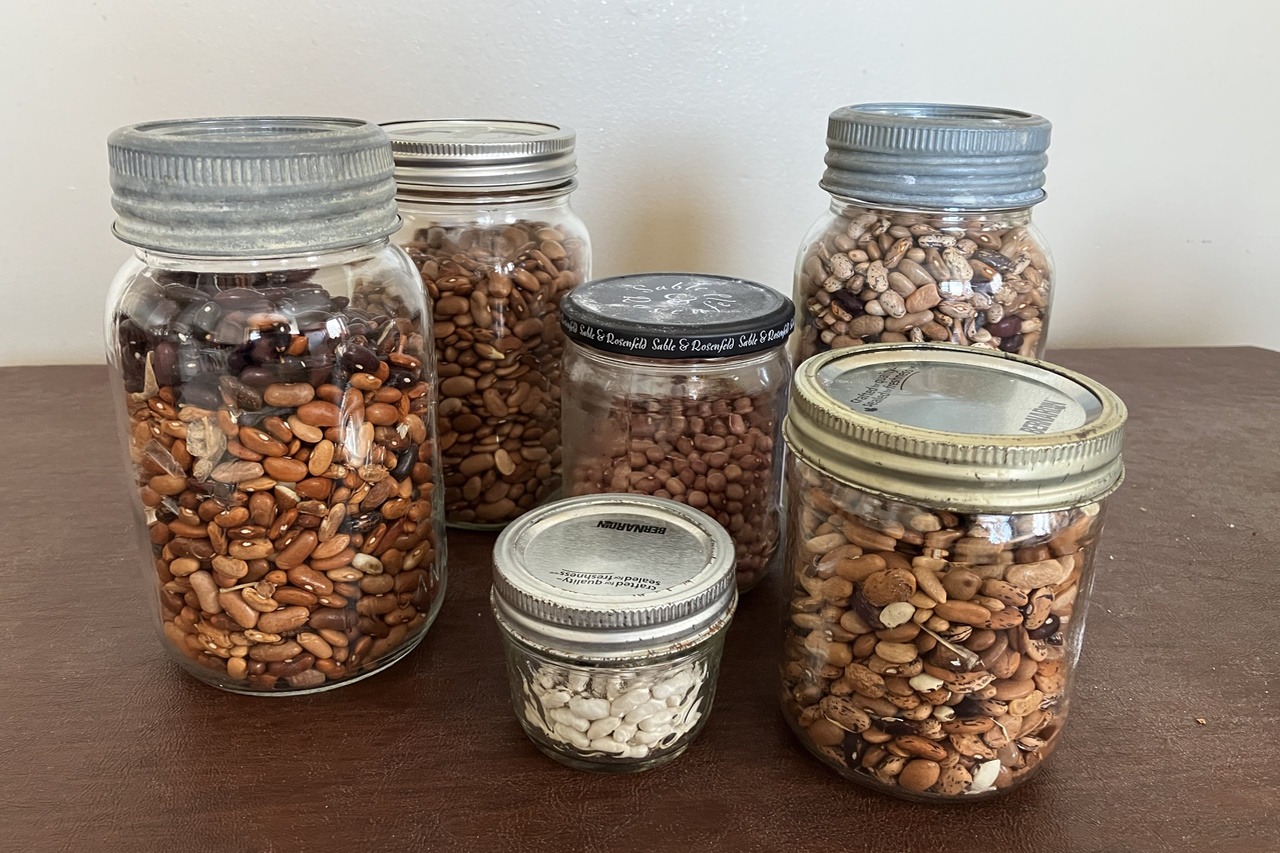“For a seed to achieve its greatest expression, it must come completely undone. The shell cracks, its insides come out and everything changes. To someone who doesn’t understand growth, it would look like complete destruction.” – Cynthia Occelli
Lately, I’ve been spending a lot of time with seeds and thinking: “What a marvelous miracle a seed is!” This tiny package has everything it needs to launch into life. The “seed coat” protects it during its dormant period; the “embryo,” held within, is ready to come to life when conditions are right; and the “endosperm” can provide enough energy to keep things going until a seedling starts to produce its own food through photosynthesis.
To come out of dormancy a seed needs: moisture to soften the seed coat and trigger the seed to wake up; oxygen for cellular activity; an appropriate soil temperature; and, in a few cases–such as lettuce—light, to germinate.

-
- Moisten a paper towel and put 10 seeds on it, roll it up loosely, place in a plastic bag and keep in a warm place.
- Check for sprouting after 3 days, and daily for 10 days or so.2 Ensure that the paper towel is kept moist.
- After this time, count how many seeds sprout: if 7 of 10 sprout, it’s a 70% germination rate.
1 A viability chart can be found at: https://www.thespruce.com/how-long-do-vegetable-seeds-last-1403089
2 Some seeds can take longer to germinate. In this case, you would have to lengthen the period of the germination test.
Wendy spent a good part of her adult life moving with her husband, never staying long enough to see an apple tree mature and bear fruit. When they retired, developing a food garden and planting hardy ornamentals became a passion. Weaving her previous studies in nutrition with her current interest in gardening has become a stimulating and life-giving activity.





Wow, Wendy, I love this article. It is a real “resurrection” story! The quote by Cynthia Occelli is amazing: like a seed, if I want to achieve the greatest expression of myself, I must come completely undone! A Good Friday reality wrapped in Easter blessing. And I love knowing how to test the viability of seeds; many thanks.